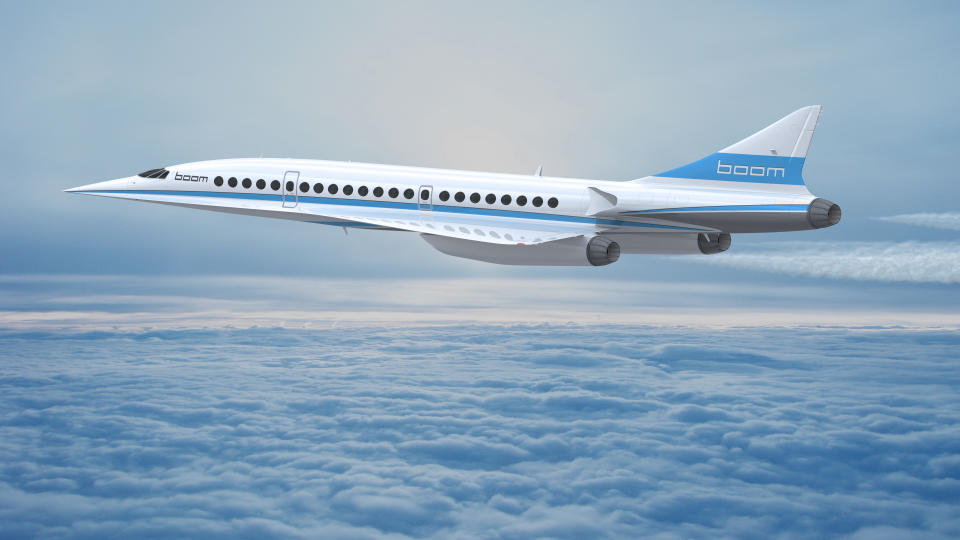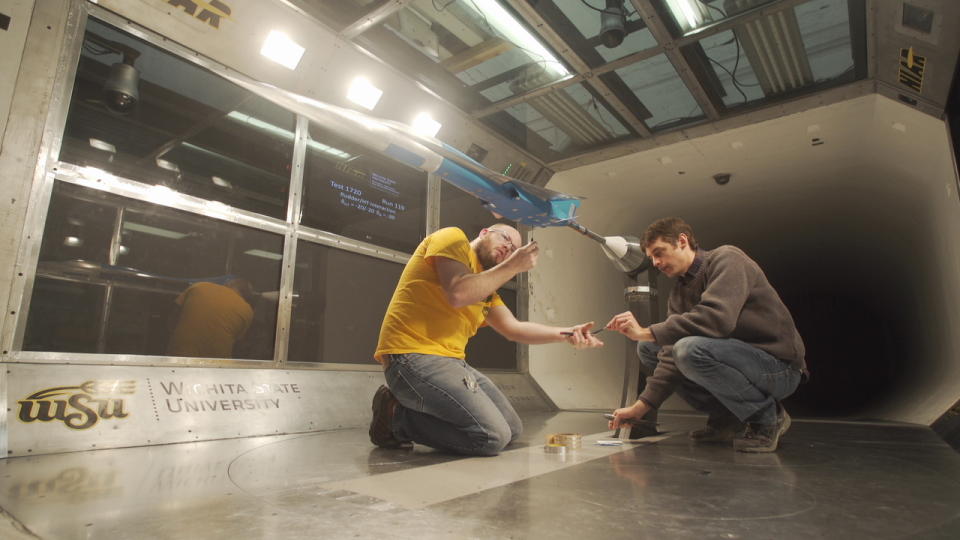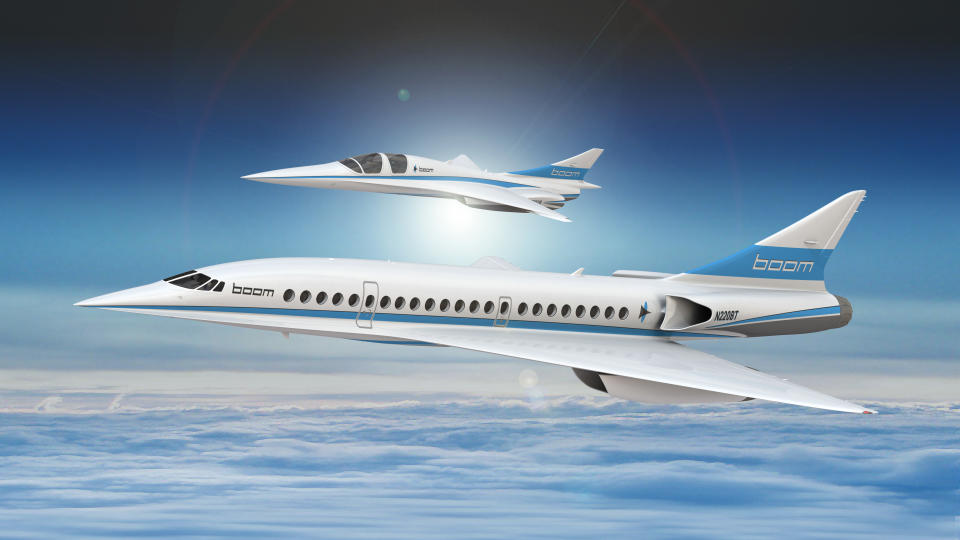The return of commercial supersonic flights very close to becoming reality
By Pablo Scarpellini
LOS ANGELES — In a technological era in which everything seems feasible, the option of reducing considerably the time of flight between two points has entered into that futuristic progress menu. For 27 years it was possible thanks to a mechanical wonder like the Concorde, able to cover the distance between Paris and New York in just three-and-a-half hours, but ended up stuck in the hangar due to being an economically unsustainable luxury.
There is now an American company that has set out to fill that gap. It’s called Boom, a Colorado-based start-up that takes time in the process of building supersonic aircraft faster than the Concorde itself and for a quarter of the price. It would fly at more than 2,300 kilometers per hour — 2.6 times faster than any other commercial aircraft.

Its aim is to revolutionize the aviation industry with three jet engines – to reduce takeoff noise – and a 55-passenger cabin capable of flying between London and New York in 3.4 hours. Or do a Los Angeles-Sydney run in 6 hours, the dream of millions of passengers who often do not travel due to the prospect of spending hours and hours in a plane.
Such ambition already has a date: 2023. And the bet goes far beyond simple utopia. At the moment, five airlines have already placed orders, 76 aircraft in total. Virgin is the only one who has said publicly that it is on that list, part of an old ambition of its founder, Sir Richard Branson, who still keeps a model of the Concorde in his office.
Ambitious project
“Airlines are excited about something new and different to offer their passengers and we are thrilled that large airlines share our vision for a future of faster and more accessible supersonic travel,” said Blake Scholl, president of Boom, at an aeronautical conference in Paris last June.
Scholl says the project is based on significant capital investments and “tens of millions of dollars” deposited by airlines that have already booked one of Boom’s jets. Each will cost about $200 million, working together with General Electric ( GE ), Honeywell ( HON ), Tencate and Stratasys ( SSYS ) in its construction.
Eli Dourado, a spokeswoman for Boom, explains to Yahoo Finance that the initiative came from Scholl’s mind. “He is a pilot and an avid traveler who never managed to fly in the Concorde.”
Scholl’s intention is to revolutionize the industry, although he is aware that it is still a long time before planes are mass produced at lower costs and make possible supersonic flights at popular prices. With the size of the ship they are currently working on, “the Boom plane will be viable to cover some 500 routes, capable of achieving large scale economies,” says Dourado.

Price of tickets
At the moment the tickets will cost about $5,000 compared to the 20,000 that was a seat on a flight of the Concorde. Boom wants the experience for its passengers to be the same or better than that of those wonderful devices.
Your choice is modern, elegant and luxurious. Each seat has access to a window and aisle, with a modern touch screen to enjoy entertainment and what you need to work or relax on board with your devices. There will be, of course, no first class seats, and no showers or bars to which senior executives are accustomed.
They will fly at 60,000 feet high, far above traditional commercial flights where the turbulence is hardly felt, and just as safe as current flights. Breaking the sound barrier will not be a problem since you neither hear nor feel the wind outside. In fact, passengers of the Concorde only knew that the jet hit supersonic speeds when the milestone was celebrated with a glass of champagne. Otherwise, the passenger did not know.

Lack of evolution in the sector
Boom is appearing to the world as a reaction to a sort of stagnation in supersonic flights. “In the last 40 years we have not only failed to generate more progress in increasing speed, but we have lost supersonic capacity,” says the company as part of its philosophy, arguing that this step back has led many to stay at home for not being able to afford such long flight times.
Alejandro Galioto, owner of a Los Angeles-based aviation insurance company, True-Course Aviation, agrees. “The subject of supersonic flights is something that should have come back a long time ago. We had the technology but it did not make economic sense,” he says.
Galioto calls the Concorde’s loss “a sad day for aviation” and believes it “died” due to lack of demand. “What matters to people today is traveling with their family to Europe, not the time it takes to get there. But the Boom proposal seems incredible to me because it will fill a niche market.”
For the Wall Street Journal, however, this is an uncertain project since it will face numerous obstacles on the part of air regulators in terms of security.
In the end, airline orders may outweigh bureaucratic paperwork, and supersonic passenger airplanes may once again become a reality.
This story originally appeared in Spanish on Yahoo Finanzas.

 Yahoo Finance
Yahoo Finance 